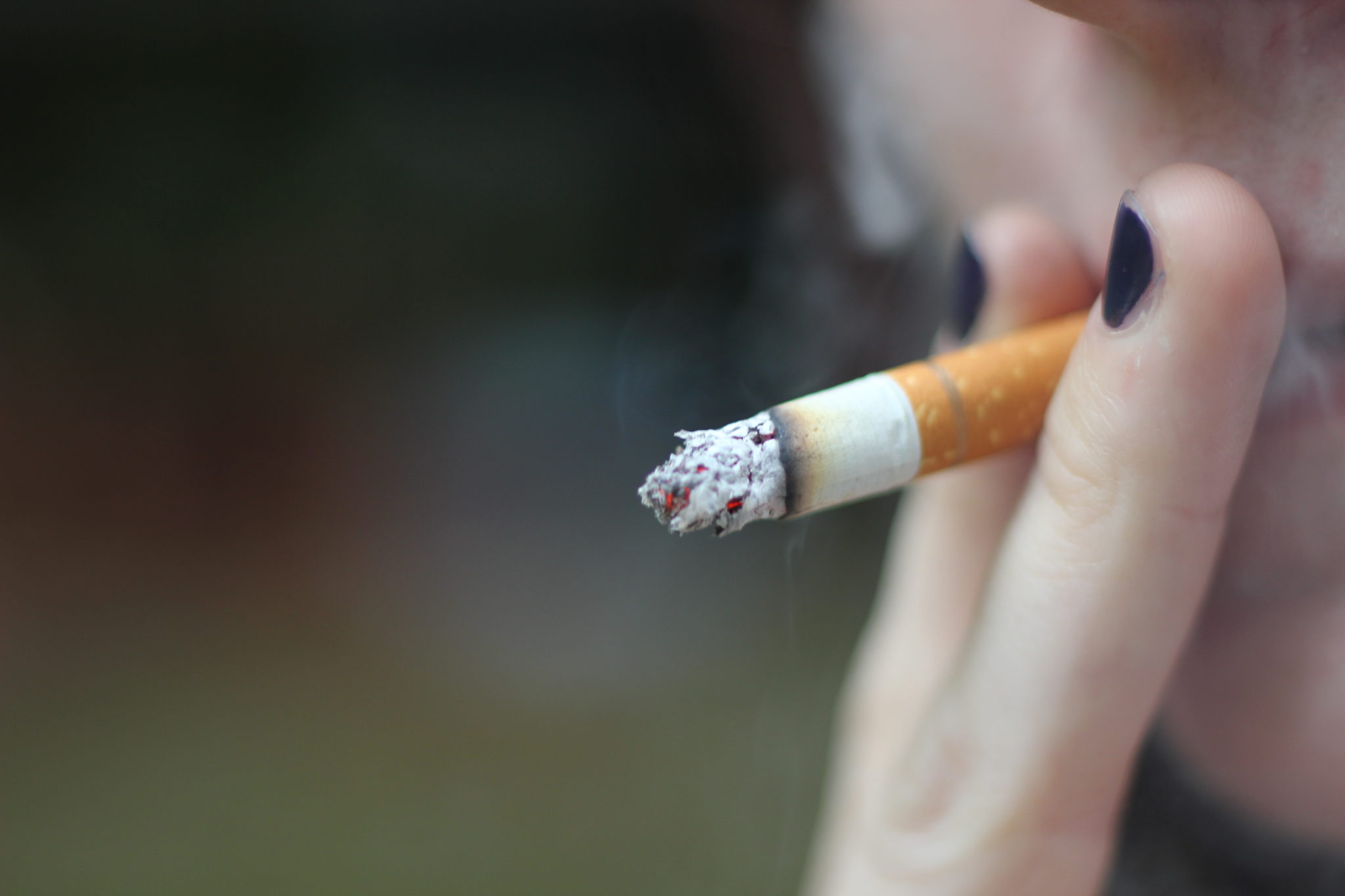In a surprising decision at the end of 2021, the Food and Drug Administration (FDA) granted a new tobacco company, 22nd Century Group, the right to market its very low nicotine cigarettes—VLN King and VLN Menthol King—as modified risk tobacco products (MRTPs). This is a short-sighted move that may do more harm than good, because limiting nicotine is not a way to reduce the harm from a combustible cigarette.
Many seem to believe that VLN cigarettes are detoxified and can be smoked without consequence. That is simply not true. With this authorization, though, 22nd Century Group can make specific marketing claims about its products—a VLN King or VLN Menthol King contains “95 percent less nicotine,” for example, “greatly reduces your nicotine” and “helps reduce your nicotine consumption.”
To a casual observer, the MRTP process may look identical to the premarket tobacco product application (PMTA) pathway that vapor manufacturers have had to go through in recent years. The main difference, however, is that an MRTP designation allows a company to make reduced risk claims; a PMTA authorization does not, despite countless health authorities acknowledging vaping is significantly safer than smoking combustible cigarettes.
VLN cigarettes have been scientifically developed to provide a negligible level of nicotine and so, as the logic goes, VLN cigarettes will be far easier to quit, or help adults smoke less.
A cigarette with the nicotine removed is likely to lead to a smoker drawing harder or smoking more.
In an unprecedented move, the government reportedly funded trials of 22nd Century products at a cost of approximately $100 million. Even with this massive amount of taxpayer money, the trials are in no way a reliable proxy for real-life human behavior. The public funding stands in contrast to the privately funded trials by vape companies, which had the burden of proving that their products were “appropriate for the protection of public health” (APPH) through the PMTA process—essentially having to show that their products were more likely to help an adult smoker switch than introduce younger generations to nicotine.
It has been known since the 1970s that, as celebrated tobacco control researcher Michael Russell once described, “people smoke for the nicotine but die from the tar.” People who use nicotine “self-titrate,” meaning that they will use a product until they reach the level of blood-nicotine that they are happy with. A cigarette with the nicotine removed is likely to lead to a smoker drawing harder or smoking more in a desperate attempt to reach that level—ultimately taking in more of the cancer-causing tar in the process.
People who already smoke have a level of nicotine to which they have become accustomed. They will likely quickly tire of a product that does not provide it. Even in the clinical trials claiming efficacy of the VLN products, there were high levels of noncompliance. It is likely that smokers who try these cigarettes will, rather than quit smoking due to the lack of nicotine, switch back to a higher-nicotine brand instead.
It is worrying, too, that the FDA has essentially confused smokers about the new cigarettes. By authorizing a VLN cigarette as “modified risk,” the agency has heavily suggested that nicotine is the ultimate cause of harm in cigarettes, not the other 7,000 chemicals that combustion releases. Online comments on reports about the VLN rollout in Chicago already show early signs of this confusion.
“This is the decaf coffee of the tobacco industry. There’s going to be a huge market for it,” wrote one commenter. Another likened the new product to removing lead from paint, saying, “Inhaling paint is still not good for you, but at least it’s less harmful. I’m going to give these VLN cigarettes to every smoker I know.”
In short, the FDA’s scaremongering has managed to convince many people that nicotine is the most harmful ingredient of a combustible cigarette, when nicotine does not cause significant harms.
The astonishing level of government funding suggests that the FDA is desperate for VLN cigarettes to thrive. This is strange behavior for an agency tasked with reducing harms.
The FDA is not saying that these cigarettes are a means of quitting smoking entirely, just that their low nicotine content means that smokers may smoke less. In fact, 22nd Century is just another tobacco company, but one that is free to advertise and widely promote its products. Furthermore, the company can do so with full backing by the FDA to imply that they are somehow less harmful than regular brands. (With an MRTP authorization, the FDA does not allow companies to explicitly state that their products are “FDA approved” or “safe.”)
The astonishing level of government funding suggests that the FDA is desperate for VLN cigarettes to thrive. This is strange behavior for an agency tasked with reducing the clear harms of tobacco smoke. While the FDA’s PMTA process has rejected 99 percent of vaping products, the agency has waved through authorization for a new cigarette that presents no real reduction in harm, while continuing to consider lowering nicotine levels to effectively zero across the board and banning menthol combustibles.
The latest US National Cancer Institute HINTS survey found that only 2.6 percent of the American public, from the range of options available, correctly believe that vaping is “much less harmful” than smoking cigarettes. The FDA authorization of VLN cigarettes as a modified risk product can only reinforce the misperception.
It is hardly surprising, then, that many smokers may understand the new products to be a government-approved green light to carry on smoking tobacco. This misguided understanding is liable to have deadly consequences.
Photograph by Julie via Flickr/Creative Commons 2.0




